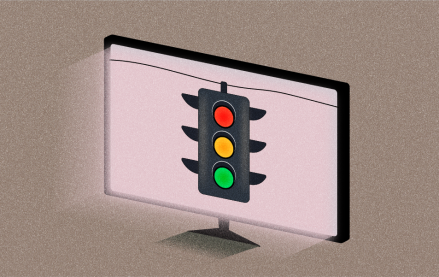Counterpoint: Google’s Huge Mobile Revenues Point to Mobile Advertising’s Weakness
What’s going on here? Well, it might be somewhat bad news for the mobile ad business if you’re equating it with banners. Mediassociates strategic planner Ben Kunz writes on Google Plus that the results are just a sign that display is failing in mobile because, in his estimation, 90 percent of Google’s mobile ad revenue comes from search, despite its huge mobile display push with the AdMob purchase.
“The challenge with ‘ads’ on mobile — real ads, not search text links — is they interrupt consumers in an intimate space, amidst limited screen inventory, and are too easy to bypass with the scores of apps we each load onto our phones for one-click sports or weather information,” Kunz writes. “The app user experience has made tertiary advertising unwanted, unneeded, and unnecessary.”
There’s little doubt the mobile display business still faces a raft of issues. On a panel I moderated yesterday, Digitas mobile ad executive Ryan Griffin told me that the fragmentation in mobile made agencies mostly dependent on networks for any kind of scaled buy. What’s more, the critical infrastructure — serving, reporting, etc. — remains a high barrier. Then there’s the targeting and uncertain return issues. In his view, the industry’s grown quite a bit from its novelty factor. Agencies and their clients recognize the obvious consumer phenomenon and want in. But that enthusiasm will wear out of networks and publishers don’t ultimately show that this stuff works, he said.
More in Media

What publishers are wishing for this holiday season: End AI scraping and determine AI-powered audience value
Publishers want a fair, structured, regulated AI environment and they also want to define what the next decade of audience metrics looks like.

Media giant Essence launches a marketplace for Black women-led brands
Essence has launched WeLoveUs.shop, a new online marketplace dedicated to Black women-led brands.

In Graphic Detail: The state of AI referral traffic in 2025
The stats reveal a new audience pipeline forming outside of traditional search and social platforms.





